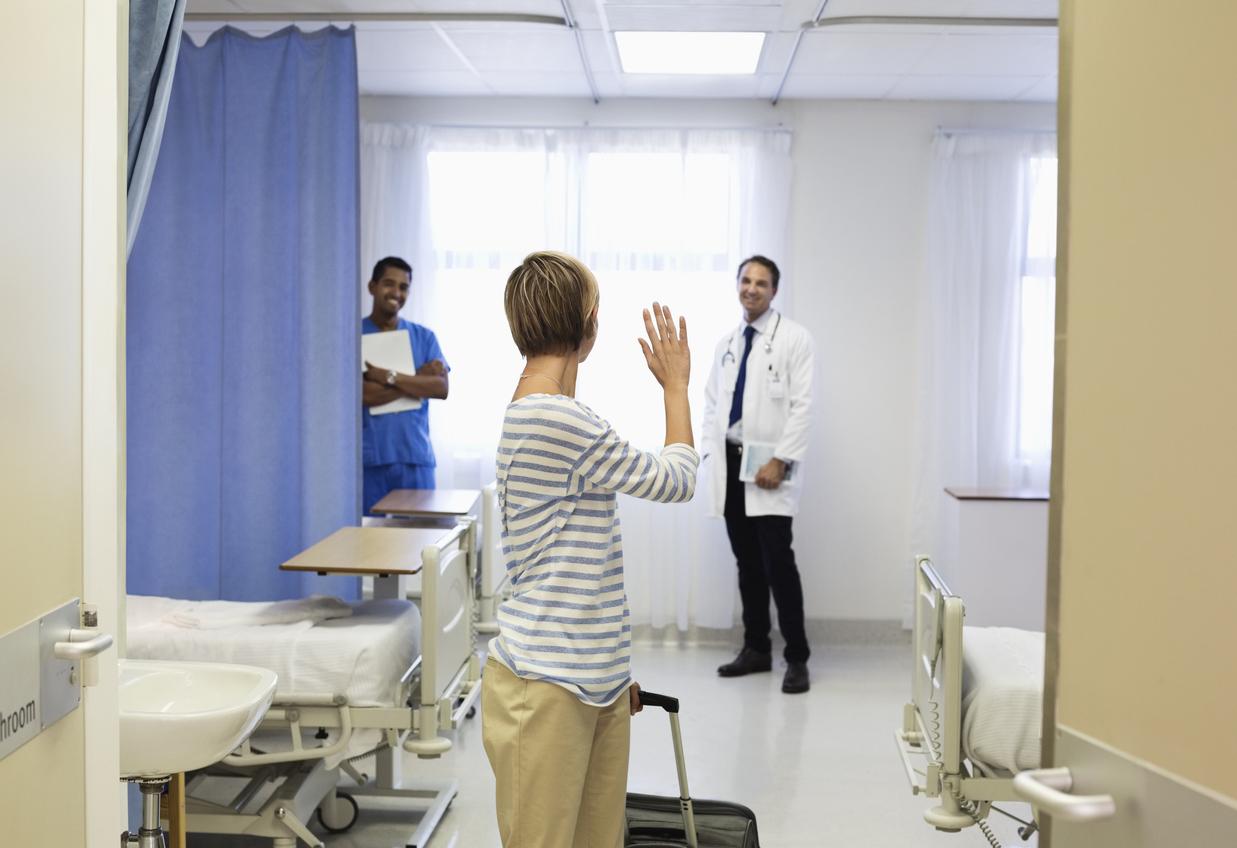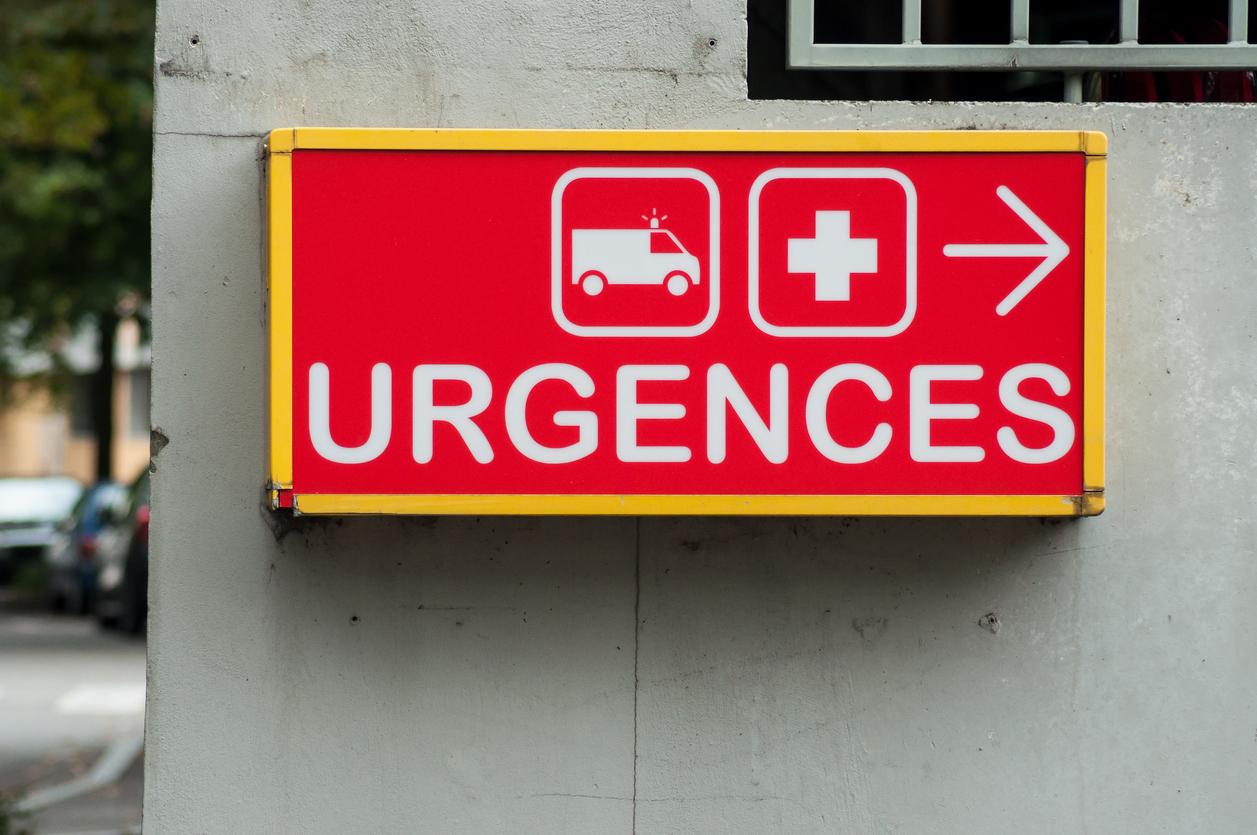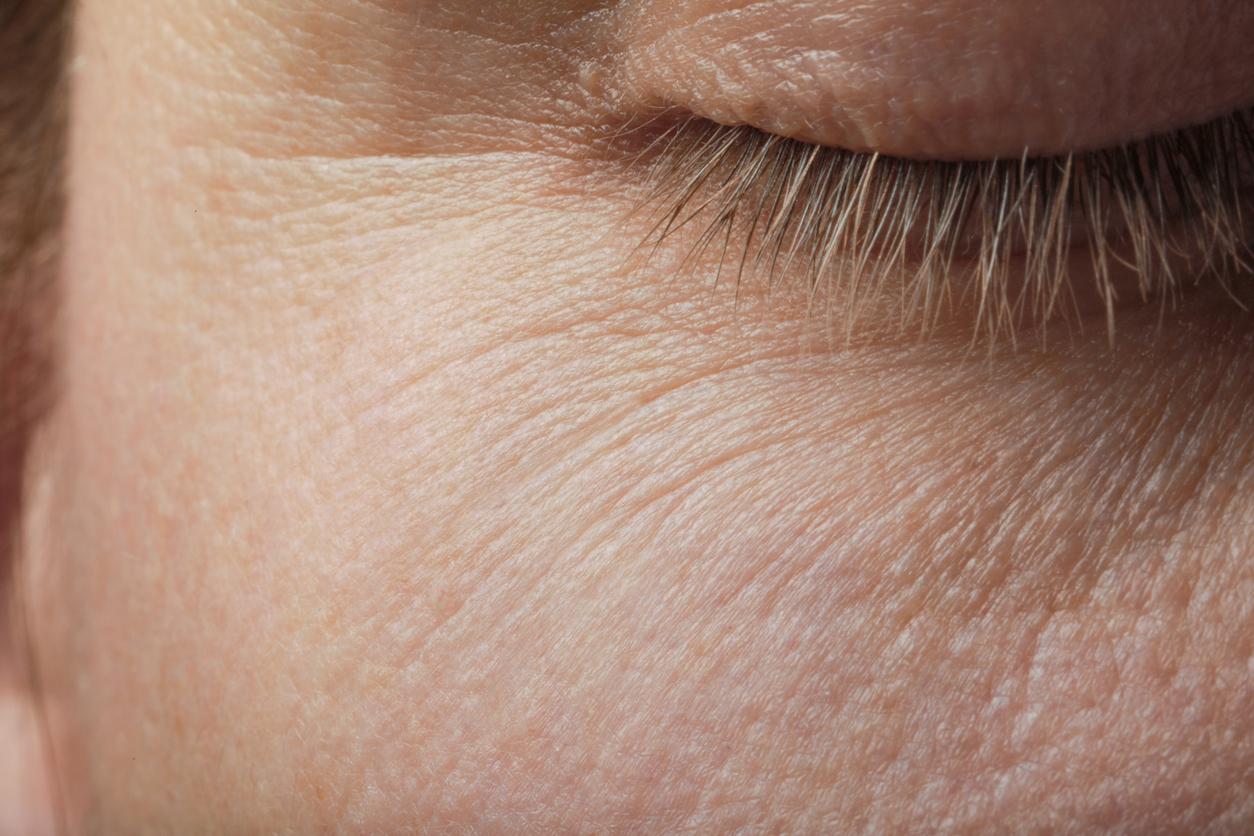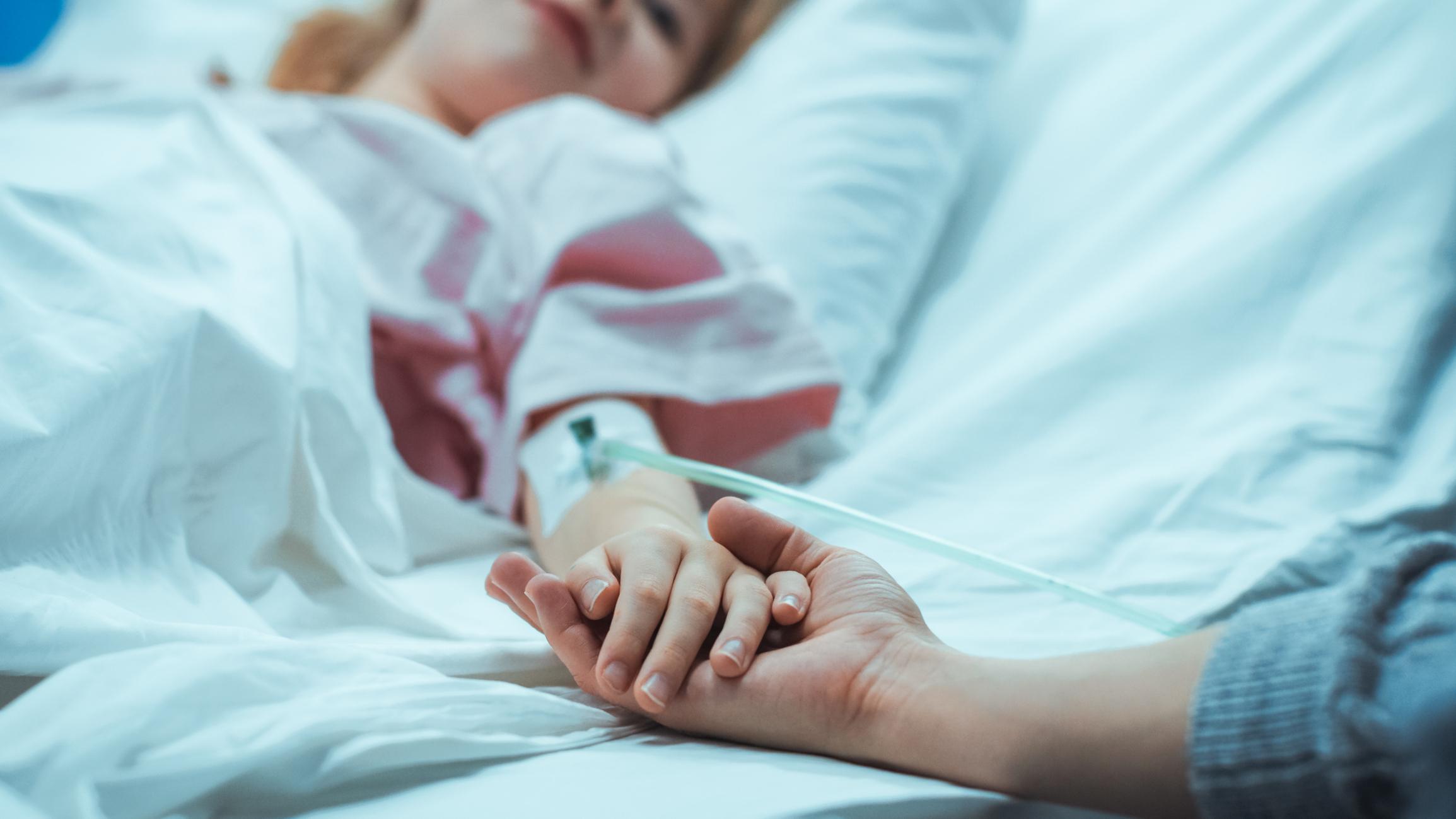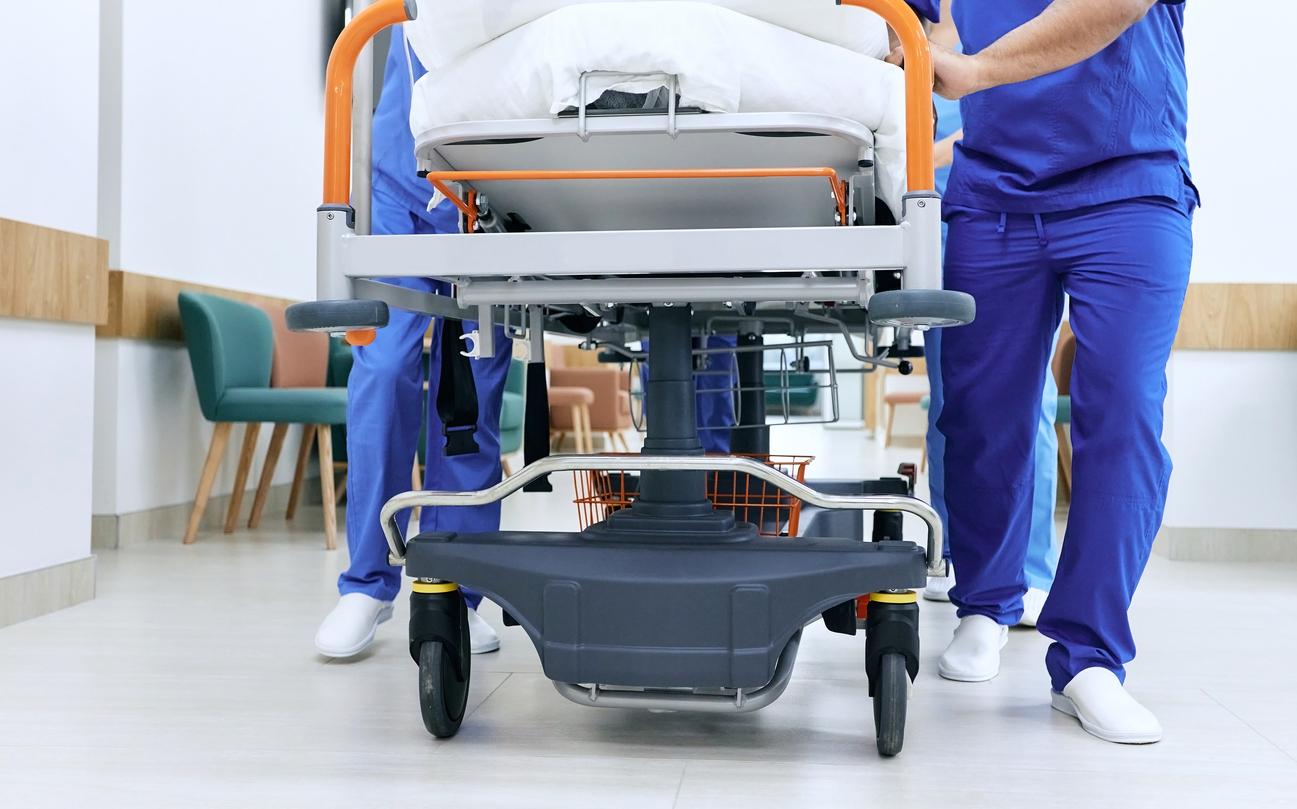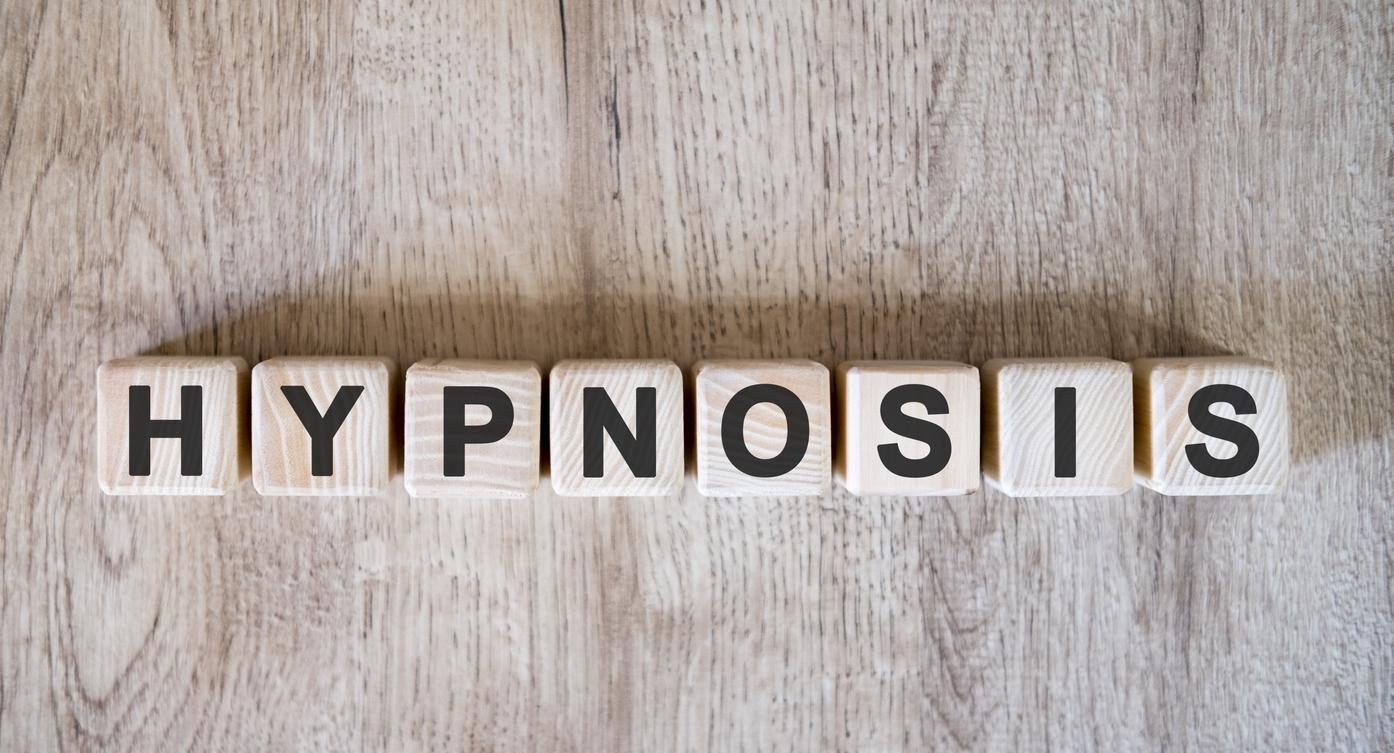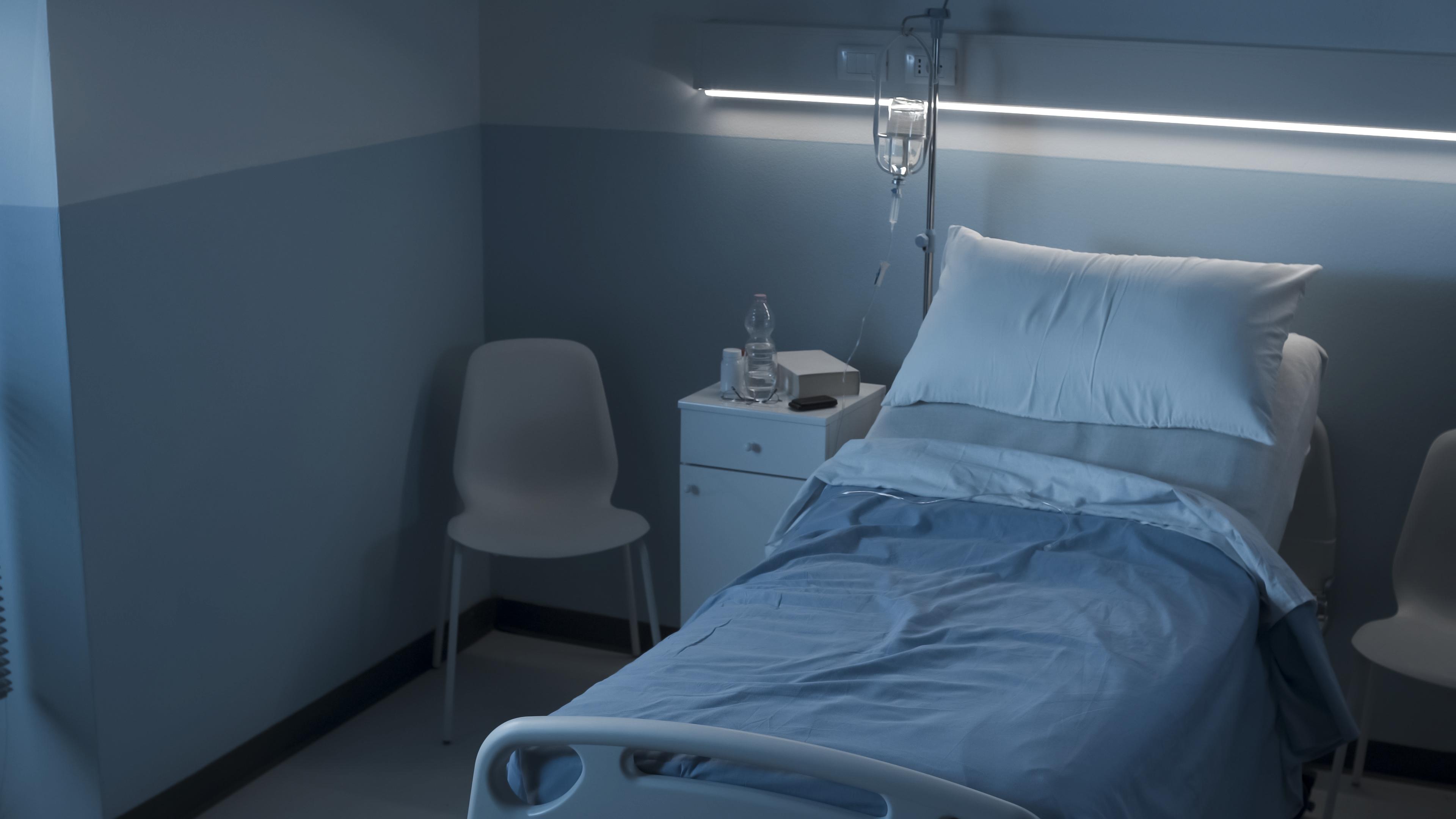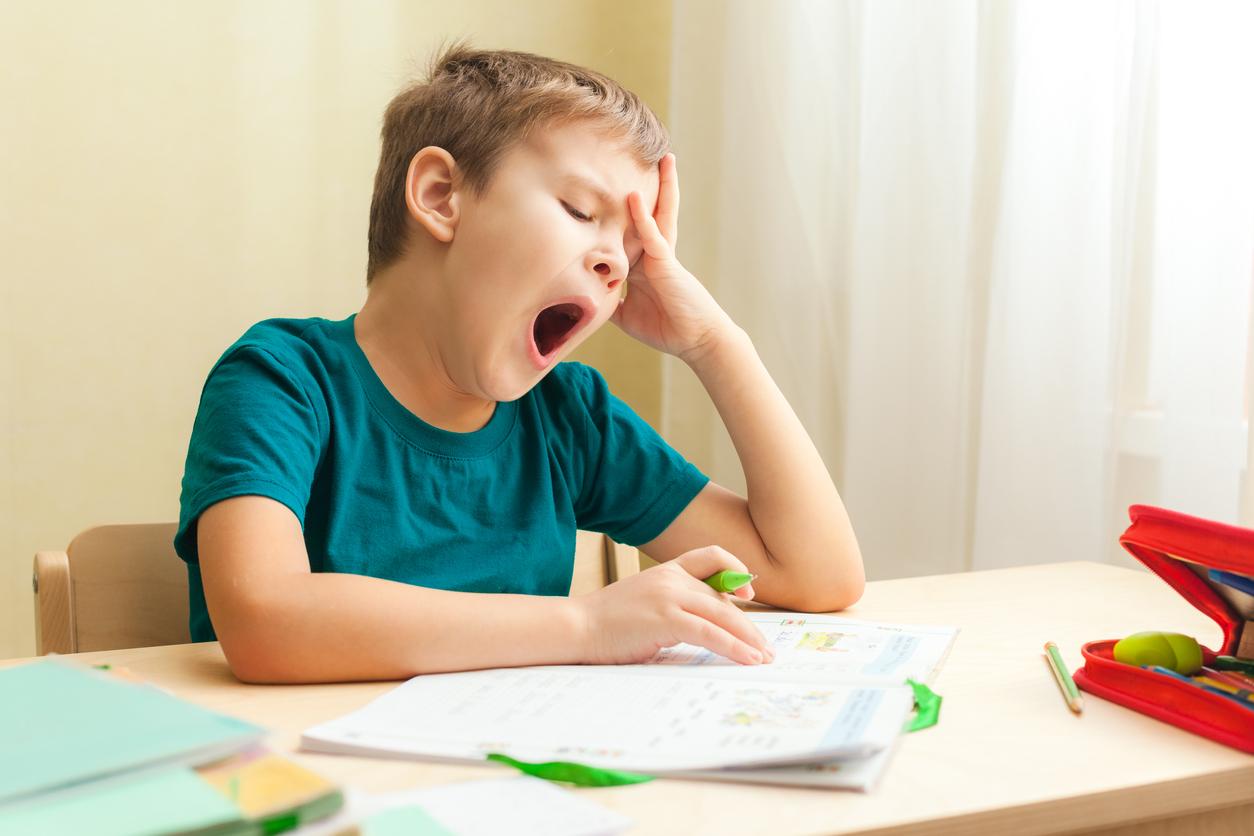
NEW YORK (PasseportSanté.net) November 3, 2005 – At New York Children’s Hospital (CHONY)1, to treat cancer, specialists and therapists are part of the same team which does not hesitate to use complementary medicines to achieve its ultimate goal: to reduce pain and cure young patients.
Shortly after joining the team of oncologists at CHONY in 1996, Dr Kara Kelly observed that 85% of the patients treated there had, at the same time, resorted to alternative therapies or supplements. Half of them did not say a word to their attending physician2.
Became Director of the Department of Oncology, Dr Kelly gradually adopted, with a colleague, a comprehensive approach which, in 1998, became the first integrated medicine program in the United States to be implemented on the premises of a pediatric oncology department.
Don’t play ostrich
Calling herself “conservative, but not too much”, Dr Kelly, as well as her team, refuse to play ostrich. “We understand that patients and their families want to try everything to optimize healing,” explains this pioneer. So we have chosen to guide them, whether it is therapy, supplements or nutrition. “
Thus, when a patient and his parents arrive at CHONY, they are informed of the different stages of conventional treatments, as well as of the therapies likely to make the ordeal less painful. “Both the diagnosis and the preferred treatments are the responsibility of the attending physician,” recalls Elena Laddas, director of the program. However, each case is discussed within the team of doctors, nurses and therapists, in order to optimize care.
The alternative therapies offered at CHONY are not all based on convincing scientific data. “But they are all safe and cannot make children worse off,” Kara Kelly insists. According to her, few studies conducted so far have focused on the use of alternative therapies in children with cancer. “Even for massage, there is almost no data on the subject,” she illustrates. However, the CHONY team knows from experience that aromatherapy, acupressure and acupuncture alleviate nausea caused by chemotherapy.
The family, too
Because cancer treatments – and even diagnosis alone – place enormous stress on patients and their parents, massage, yoga, Reiki or meditation sessions are offered to everyone, free of charge.
“By calming parents, we help children to be less stressed,” says Elena Laddas. Seeing one of his parents undergo acupuncture also helps to build confidence in the child. “Parental participation demedicalizes therapy since children are no longer the only ones to receive treatment,” she concludes.
|
An active oncology department! Year in and year out, no less than 160 new cases of cancer are diagnosed at CHONY. On a continuous basis, 25 to 30 children are admitted to the Oncology Department of CHONY, in addition to the 200 others who come to the outpatient clinic every week. Seven therapists participate in the integrated medicine program. Thanks to private donations, its budget, which is around US $ 500,000, is used exclusively to pay therapists. Premises and equipment are provided by the hospital3. |
Martin LaSalle – PasseportSanté.net
1. The Herbert Irving Child and Adolescent Oncology Center is part of the Children’s Hospital of New York-Presbytarian (CHONY). This is attached to Columbia University. The site of the oncology center is www.herbertirvingchildren.com [Consulté le 2 novembre 2005].
2. Edelblute J, Pediatric oncology patients find help and hope in New York City, Alternative Therapies, March / April 2003, Vol 9, No 2, 106-107.
3. To find out more about the program: www.integrativetherapiesprogram.org [Consulté le 2 novembre 2005].










